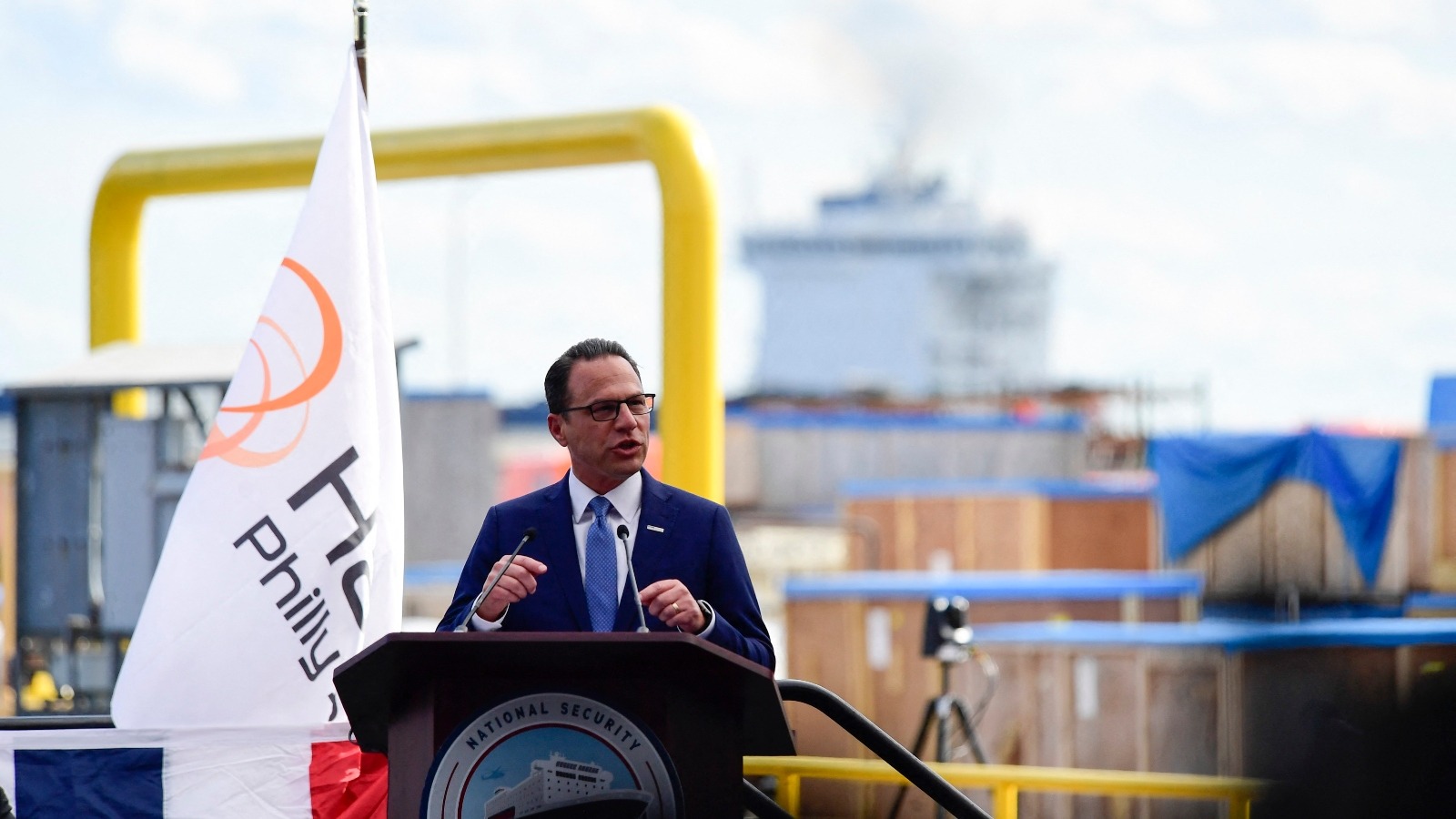AgriEngineering, Vol. 7, Pages 307: Prediction of the Live Weight of Pigs in the Growing and Finishing Phases Through 3D Images in a Semiarid Region
AgriEngineering doi: 10.3390/agriengineering7090307
Authors:
Nicoly Farias Gomes
Maria Vitória Neves de Melo
Maria Eduarda Gonçalves de Oliveira
Gledson Luiz Pontes de Almeida
Kenny Ruben Montalvo Morales
Taize Cavalcante Santana
Héliton Pandorfi
João Paulo Silva do Monte Lima
Alexson Pantaleão Machado de Carvalho
Rafaella Resende Andrade
Marcio Mesquita
Marcos Vinícius da Silva
Estimated population growth and increased demand for food production bring with them the evident need for more efficient and sustainable production systems. Because of this, computer vision plays a fundamental role in the development and application of solutions that help producers with the issues that limit livestock production in Brazil and the world. In addition to being stressful for the producer and the animal, the conventional pig weighing system causes productive losses and can compromise meat quality, being considered a practice that does not value animal welfare. The objective was to develop a computational procedure to predict the live weight of pigs in the growth and finishing phases, through the volume of the animals extracted through the processing of 3D images, as well as to analyze the real and estimated biometric measurements to define the relationships of these with live weight and volume obtained. The study was conducted at Roçadinho farm, in the municipality of Capoeiras, located in the Agreste region of the state of Pernambuco, Brazil. The variables weight and 3D images were obtained using a Kinect®—V2 camera and biometric measurements of 20 animals in the growth phase and 24 animals in the finishing phase, males and females, from the crossing of Pietrain and Large White, totaling 44 animals. To analyze the images, a program developed in Python (PyCharm Community Edition 2020.1.4) was used, to relate the variables, principal component analyses and regression analyzes were performed. The coefficient of linear determination between weight and volume was 73.3, 74.1, and 97.3% for pigs in the growing, finishing, and global phases, showing that this relationship is positive and satisfactorily expressed the weight of the animals. The relationship between the real and estimated biometric variables had a more expressive coefficient of determination in the global phase, having presented values between 77 and 94%.
Source link
Nicoly Farias Gomes www.mdpi.com


